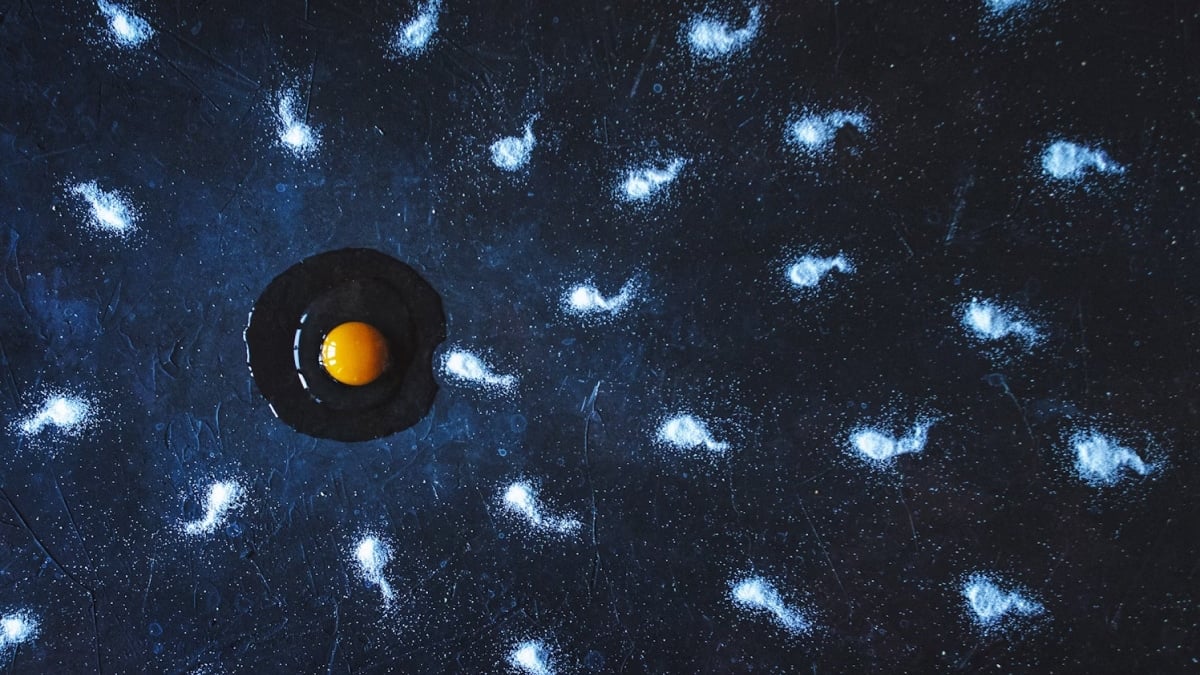The human Y chromosome, crucial for male development in the embryo, has been steadily losing its genes over millions of years. Currently, the chromosome is down to just 45 genes from an original count of 1438, with scientists estimating that it could disappear entirely within 11 million years. This genetic deterioration has raised concerns about the future of human reproduction, particularly the survival of male offspring. However, recent research offers a glimpse of hope that males could continue to exist even if the Y chromosome vanishes.
What is the Y Chromosome?
The Y chromosome is one of the two sex chromosomes in humans, the other being the X chromosome. It carries genes essential for the development of male reproductive organs, such as the testes, and plays a vital role in determining the male sex. Males typically have one X and one Y chromosome (XY), while females have two X chromosomes (XX). However, the Y chromosome is significantly smaller than the X chromosome and contains far fewer genes.
The Decline of the Y Chromosome
In a study published in the Proceedings of the National Academy of Science, Professor Jennifer A. Marshall Graves, a distinguished geneticist and Vice Chancellor's Fellow, has pointed out that the human Y chromosome is on a trajectory of degeneration. Over the past 300 million years, it has lost 1393 of its original genes, and at the current rate, it may lose the remaining 45 within the next 10 million years, the author highlighted in the study. This potential extinction of the Y chromosome has led to speculation about human males' future and our species' continuity.
Hope from the Spiny Rat
Despite the bleak outlook, there is a reason for optimism. A study led by Dr. Asato Kuroiwa at Hokkaido University discovered that the spiny rat, a species native to Japan, has evolved into a new mechanism for male development after its Y chromosome disappeared. In this species, the genes from the Y chromosome have migrated to other chromosomes, and a small DNA duplication near the SOX9 gene on chromosome 3 has taken over the role of the missing SRY gene, which is responsible for initiating male development.
Survival Through Evolution
The spiny rat's adaptation suggests that mammals, including humans, might evolve alternative sex-determining mechanisms if the Y chromosome were to disappear. Another rodent species, the mole vole, has also lost its Y chromosome and survived, further supporting this possibility.
However, scientists caution that such evolutionary changes could lead to the emergence of different sex-determining systems across various human populations, potentially resulting in the development of new species.
While the disappearance of the Y chromosome poses a significant challenge, this research offers hope that humans could adapt and evolve new genetic pathways to ensure the continuation of male offspring.
































